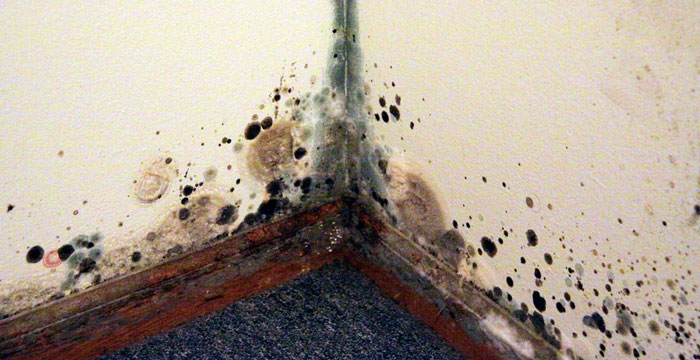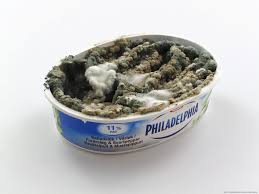
How Mold, Pollen & Climate Change Affect Philadelphia
Indoor mold is a public health issue (often linked to and worsened by climate change) in Philadelphia.
There are many businesses based on solving this problem, but no federal, state or city standards for indoor mold. In Philadelphia, your protections as a renter in moldy housing are under the umbrella of broader, unspecific health concerns. In 1999, the World Health Organization remained focused on the consumption of mycotoxins released by mold via contaminated food. Reaching further back, it is easier to find stories on moldy government cheese than moldy housing and schools.
So how do we know there’s a problem?
In 2014, Philadelphia childhood asthma hospitalizations were at their lowest in 15 years, but that’s still five times higher than Los Angeles County where smog pollution is far worse. One possible contributor is seasonal Mid-Atlantic weather, already humid and increasingly susceptible to the diverse effects of climate change. Cold snaps in between heat waves had contributed to multiple Nor’Easters this winter when warm Atlantic air met colder Arctic air. Recent winter storms have increased the urgency to deal with flooding and sea level rise in Boston while Philly could find itself in between blizzard winds and an active Spring.
The National Phenology Network’s up-to-date flora maps show pollen season coming 20 days early in states as far North as Delaware and Southwestern Pennsylvania while being approximately 15 days late in parts of Texas and Louisiana. Pollen and dust have a unique relationship with mold, providing a favorable material for the fungus to grow on, similar to carpeting, wallpaper, and drywall. While more dangerous molds like Stachybotrys chartarum can create mycotoxins, they do not readily emit into indoor air. Often you are at the highest exposure when cleaning and disposing of moldy materials, so be careful!
You can minimize mold carrying pollen and dust using safer cleaners like white vinegar or a baking soda/hydrogen peroxide solution on harder surfaces.
The National Allergy Bureau’s local affiliate will soon be offering daily pollen and mold counts for the Philadelphia-area. Indoors, mold is more easily quantified in incidents rather than spore counts.
In 2014, the Philadelphia School District opted out of the second half of a federal indoor mold study, drawing criticism from the Philadelphia Federation of Teachers regarding public health.
Mold damage is not unique to the city. Across the state, schools have been affected in Harrisburg, Abington, Camp Hill, Wyncote, Pottstown, and Westmoreland County. Mold in a Pittsburgh hospital even contributed to four fatal infections in 2016. John B. Kelly elementary in Germantown was closed for a week last Fall for mold-related repairs. Compared to the impact of structural problems like the estimated 300 housing units the Philadelphia Department of Licenses and Inspections (L & I) annually deems uninhabitable, temperature and humidity appear to be the sole cause of recurring mold in the Harrisburg-area.
Straining resources, the East Pennsboro school district had to keep empty schools at 72? last summer, while running humidifiers, to avoid a late start to the school year. Mold prevention combines efficiency and safety upgrades, accounting for aging structures with softer building materials in a hotter, wetter environment. In 2015, Mayor Michael Nutter’s former administration concluded that L & I needed a 50% budget increase, ultimately creating separate agencies for buildings and business compliance. Just like the adverse circular effects of mold and climate change, infrastructure improvements will provide positive feedback loops, reducing energy use while preventing mold without contributing to climate change.
Want to learn more? Clean Air Council and HACE will be hosting an air quality workshop this Saturday, March 24th 10AM-12PM at the HACE main office, 167 W Allegheny Avenue. We’ll be talking to residents about local pollution concerns like mold.
Russell Zerbo is an advocate with Clean Air Council, reach him at rzerbo@cleanair.org.
Photo: Thomas Anderson








